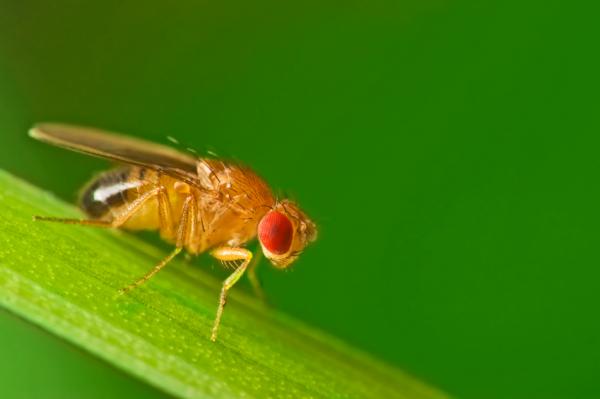An Australian and German team has found a way to measure the attention span of a fly. The findings can lead to innovations in the understanding of attention deficit hyperactivity disorder and autism in humans.

Professor Bruno van Swindren of the Queensland Brain Institute in Brisbane, and Dr. Bjorn Brambs of Freya University, combined genetic techniques with findings on the brain and behavioral tests. They found different mutations that increase or decrease attention span in flies.
Using the fruit fly genetic model, Van Swindren found that levels of distraction in the fly are ultimately tuned to allow for "normal" behavioral responses to a frequently changing environment. He says “we now have both ends of the attention spectrum in our model. We have a memory mutation of a fly that makes distraction difficult and another memory mutation of the fly that makes distraction too high. Both lead to the same result - an inability to learn well but for completely different reasons, similar to human patients with autism or ADHD."
The fruit flies were given methylphenidate, which is the active ingredient in Ritalin that is given to people with ADHD. The researchers found that the drug had similar effects on the fruit flies as it did on humans: it helped the distracted flies focus and pay attention to visual stimuli.
The study "suggests that there may be brain pathways of fruit flies and humans that we now have simple reductionist models, using all the genetic tools that make them up, in order to understand what exactly this drug does," according to Van Swindren.
Other scientists in the study agree: "This surprising parallel between insects and humans may indicate a parallel brain organization that is widespread and general."
The study was published in the Journal of Neuroscience.

2 תגובות
Apparently the morphology of the fly brain and the human brain are very similar and only the size is different.
It's great that we will invent ratlin for flies that will bother the dog and not me now